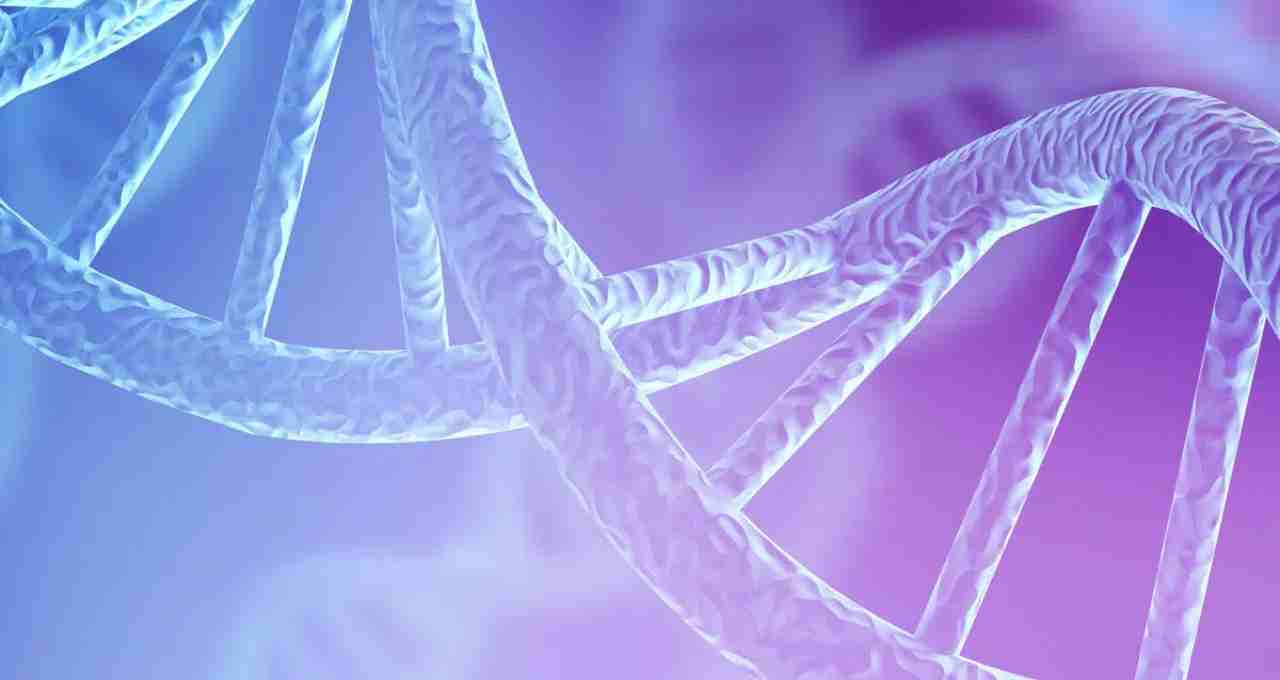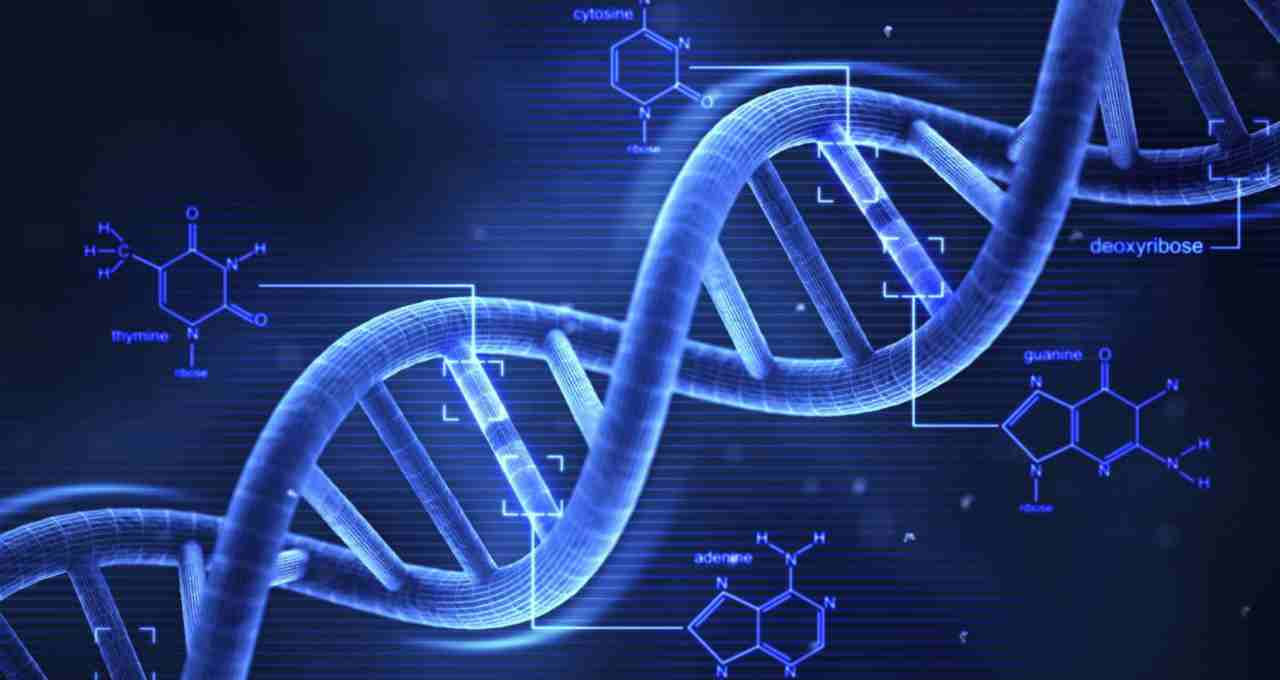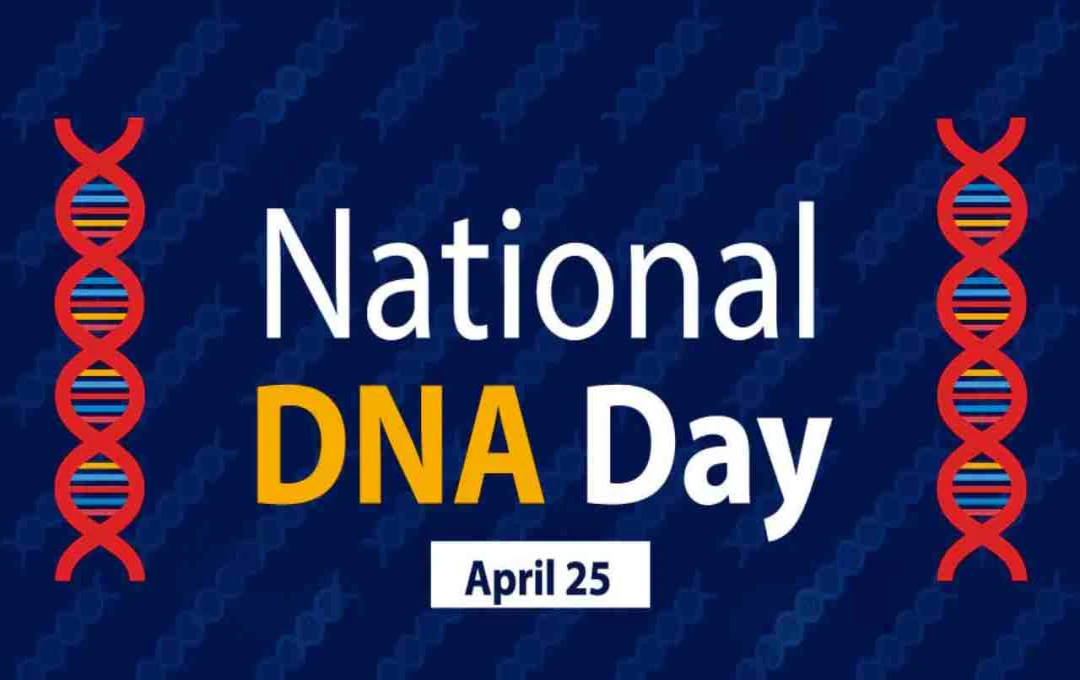National DNA Day 2025 will once again provide an opportunity to celebrate a milestone in the history of science. Observed annually on April 25th, this day aims to increase public awareness and understanding of the unique and fascinating science of DNA. It commemorates the historic work of scientists like James Watson and his colleagues, whose groundbreaking discovery of the double-helix structure of DNA was unveiled on this day in 1953.
Each year, scientists, educators, students, and researchers gather to discuss the significance of DNA, its historical context, and its contributions to life. This article will delve into the importance, history, activities, and facts surrounding National DNA Day 2025. It's a crucial opportunity to connect with the amazing world of science.
History of National DNA Day
National DNA Day is celebrated on April 25th because it was on this day in 1953 that James Watson, Francis Crick, and Maurice Wilkins published the first description of DNA's double-helix structure. This landmark achievement earned them the Nobel Prize in 1962. Their work formed the foundation of modern molecular biology, enabling us to understand how DNA stores and transmits genetic information.
This discovery was not merely a biological revolution; the ensuing research spurred unprecedented advancements in medicine, biotechnology, and genetics.
Subsequently, in 2003, the Human Genome Project concluded, with scientists successfully decoding the approximately 3 billion base-pair sequence of the human genome. This project illuminated the profound complexity and diversity of the human genome. The success of the Human Genome Project ushered in a new chapter, solidifying April 25th as National DNA Day, now an annual event.
Why is National DNA Day Important?

The importance of National DNA Day extends beyond scientific research; it provides an opportunity for everyone to understand their genetic identity and history. The information stored in DNA influences every aspect of our lives, from our physical traits and disease risks to untold facets of our family history. This day encourages the general public to learn more about genetics and DNA.
The Significance of April 25th
The research paper published on April 25th, 1953, by James Watson and Francis Crick revealed the double-helix structure of DNA. This discovery revolutionized biology, helping us understand how our chromosomes and genes are interconnected. Prior to this, science lacked a concrete answer to the mystery of how genetic information is preserved and controlled in life. This structure opened numerous doors in future medical science, including the treatment of genetic disorders and gene therapy.
DNA and Human Life
DNA (deoxyribonucleic acid) is the blueprint that governs the structure and function of our bodies. Human DNA consists of approximately 3 billion base pairs, with 99% being identical across all individuals. DNA comprises four chemical bases: adenine (A), guanine (G), cytosine (C), and thymine (T), which determine the sequence of genes. These bases connect to each other through the double-helix structure of DNA, facilitating the exchange of genetic information.
The presence of DNA in every cell provides consistency and specificity in every aspect of our lives. Through DNA, we can understand various aspects of our bodies, such as eye color, hair color, and susceptibility to diseases.

DNA Testing: Accuracy and Significance
Today, DNA testing is used to help families and individuals understand their genetic history. Through DNA testing, paternity testing, genetic disorder risks, and ancestry can be determined. If DNA testing is required for legal purposes, it is conducted in a medical setting. DNA testing can be up to 99.99% accurate, and in cases such as paternity, it is 100% accurate.
DNA testing has not only revolutionized the sharing of personal information but has also opened up numerous possibilities in the medical field. Scientists believe that in the future, DNA testing will be used to determine which medications and treatments will be most effective for an individual, as everyone's genetic pattern is unique.
Activities and Events on National DNA Day
On National DNA Day, various educational institutions, scientific organizations, and genomic research institutes organize numerous programs and activities. This day is an opportunity to foster interest and knowledge in science. Schools and universities hold various scientific projects and exhibitions where students and teachers discuss the importance, structure, and function of DNA.
Furthermore, researchers and scientists organize conferences to share their work and research, providing insights into the latest scientific advancements. The general public is encouraged to learn about their genetic history. Undergoing DNA testing on this day is encouraged, so people can understand their genomic structure and make better health decisions based on this understanding.

Key Facts Related to National DNA Day
- Information Storage in DNA: DNA contains approximately 3 billion base pairs, yet despite this, the human genome is comprised of only 20,000 to 25,000 genes.
- Similarity of Our Genomes: Approximately 99% of the human genome is identical across all humans, proving that all humans are genetically interconnected.
- DNA Testing: In paternity testing, DNA testing accuracy is up to 99.99%, while accuracy may be lower for other health tests.
- Genetic Disorders: Errors or mutations in DNA can lead to various genetic disorders, which can be detected through DNA testing.
- Genomic Medicine: Significant advancements are expected in the field of genomic medicine in the future, enabling the treatment of genetic disorders and prevention of diseases like cancer.
National DNA Day 2025 is significant as a day to understand the uniqueness and importance of DNA. It encourages us to learn about our genetic history, understand new advancements in science, and make informed health decisions. By honoring the amazing science of DNA, we can move towards better medicine and quality of life in the future. Celebrating this day will increase interest in science and provide an opportunity to better understand the significance of DNA in all our lives.














